Are you eager to extend your gardening season and savor crisp, flavorful veggies well into the cooler months? Fall gardening is one of the best-kept secrets for gardeners in Zone 7, where the climate offers a sweet spot between summer’s heat and winter’s chill. But what should you plant to make the most of your autumn beds?
Let’s dive into 10 fall vegetables to grow in Zone 7 for a bountiful harvest, so your table stays vibrant even as the leaves turn gold.
Why Grow Vegetables in the Fall?
You might wonder—isn’t gardening all about spring and summer? Not necessarily!
Fall gardening brings unique perks:
- Fewer Pests – Many summer insects dwindle as temperatures cool.
- Sweeter Flavor – Cool weather enhances sugars in veggies like carrots and kale.
- Less Watering – Cooler temperatures reduce evaporation, helping conserve water.
- Extended Harvest – Keep your garden productive beyond summer.
So, why not make the most of autumn’s perfect growing conditions?
When to Plant Fall Vegetables in Zone 7
In Zone 7, your average first frost date ranges from late October to early November. For a successful fall harvest:
- Check Maturity Dates – Count backward from your first frost date based on each crop’s days to maturity.
- Sow Early Indoors – Some crops benefit from a head start indoors before transplanting.
- Use Row Covers – Protect tender seedlings from unexpected cold snaps.
Timing is everything—plan carefully for maximum success!
10 Fall Vegetables to Grow in Zone 7 for a Bountiful Harvest
Ready for the star players? Here’s your autumn planting list!
1. Kale: The Cold-Hardy Superfood

Few vegetables scream “fall garden” like kale. Its robust leaves shrug off chilly weather, and a light frost actually improves its flavor, making it sweeter and less bitter.
Top Tips:
- Space plants about 12–18 inches apart.
- Harvest outer leaves continually for a prolonged season.
- Try varieties like Lacinato (Dinosaur kale) for a unique texture.
2. Spinach: Tender Greens for Cool Weather
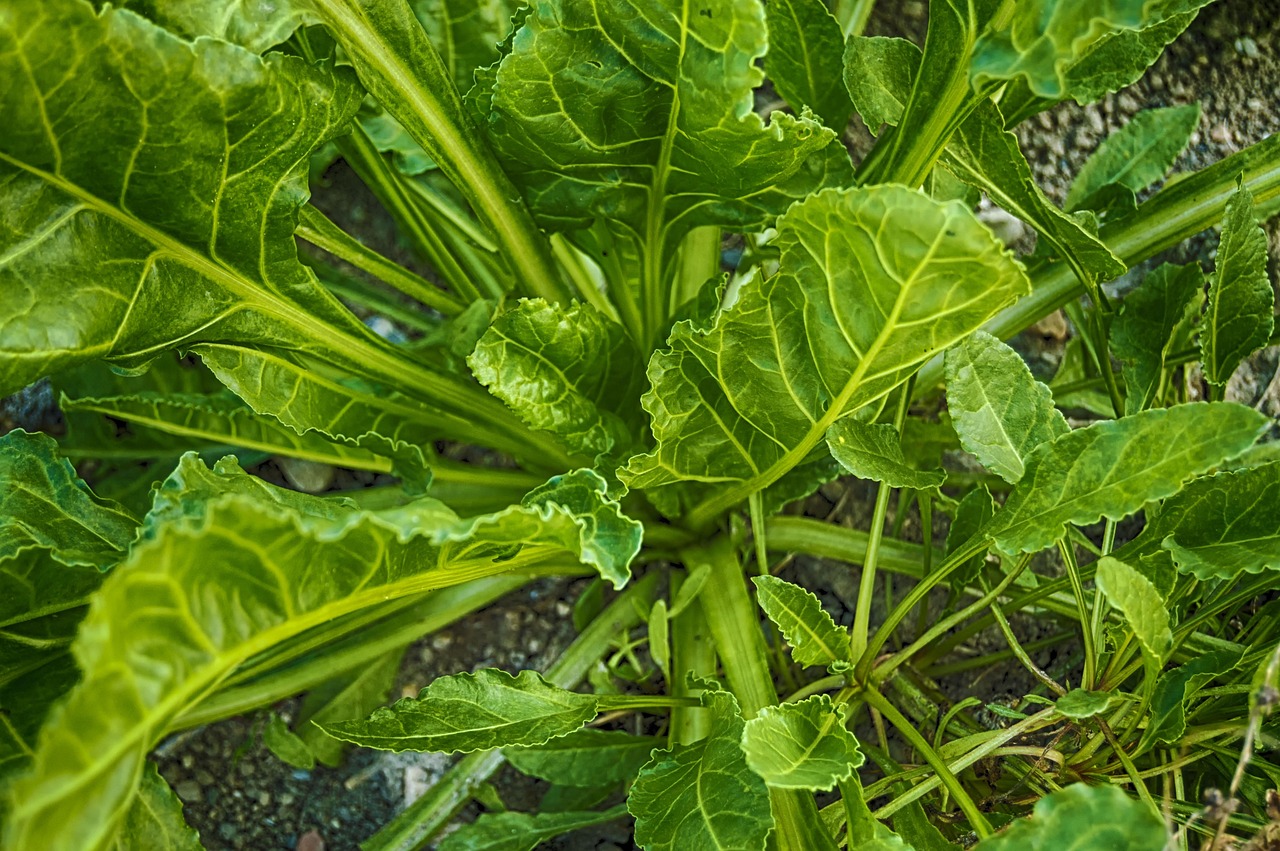
Spinach loves the cool days of autumn. Plant it in late summer for a luscious fall crop, or even overwinter it under protection for early spring greens.
Growing Tips:
- Keep soil consistently moist.
- Sow seeds directly in the garden about 6 weeks before frost.
- Harvest baby leaves for salads or let them mature for cooking.
3. Carrots: Sweetness Under the Soil
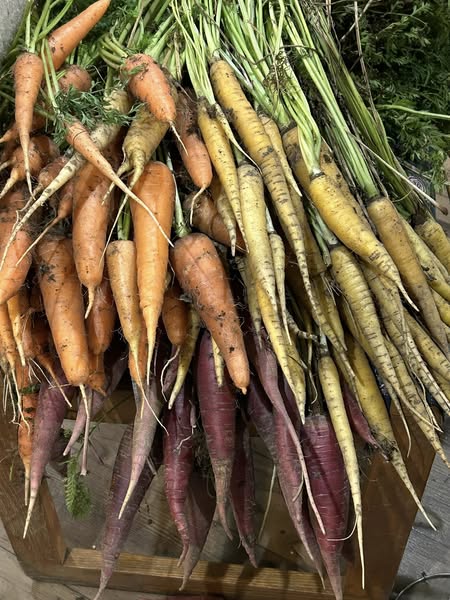
Carrots grown in fall develop an incredible sweetness as starches convert to sugars in cool soil. Perfect for snacking, roasting, or soups!
How to Grow:
- Sow seeds thinly, ¼ inch deep.
- Thin seedlings to avoid crowded roots.
- Cover beds with straw to insulate roots if frost hits early.
4. Broccoli: A Cool-Weather Favorite
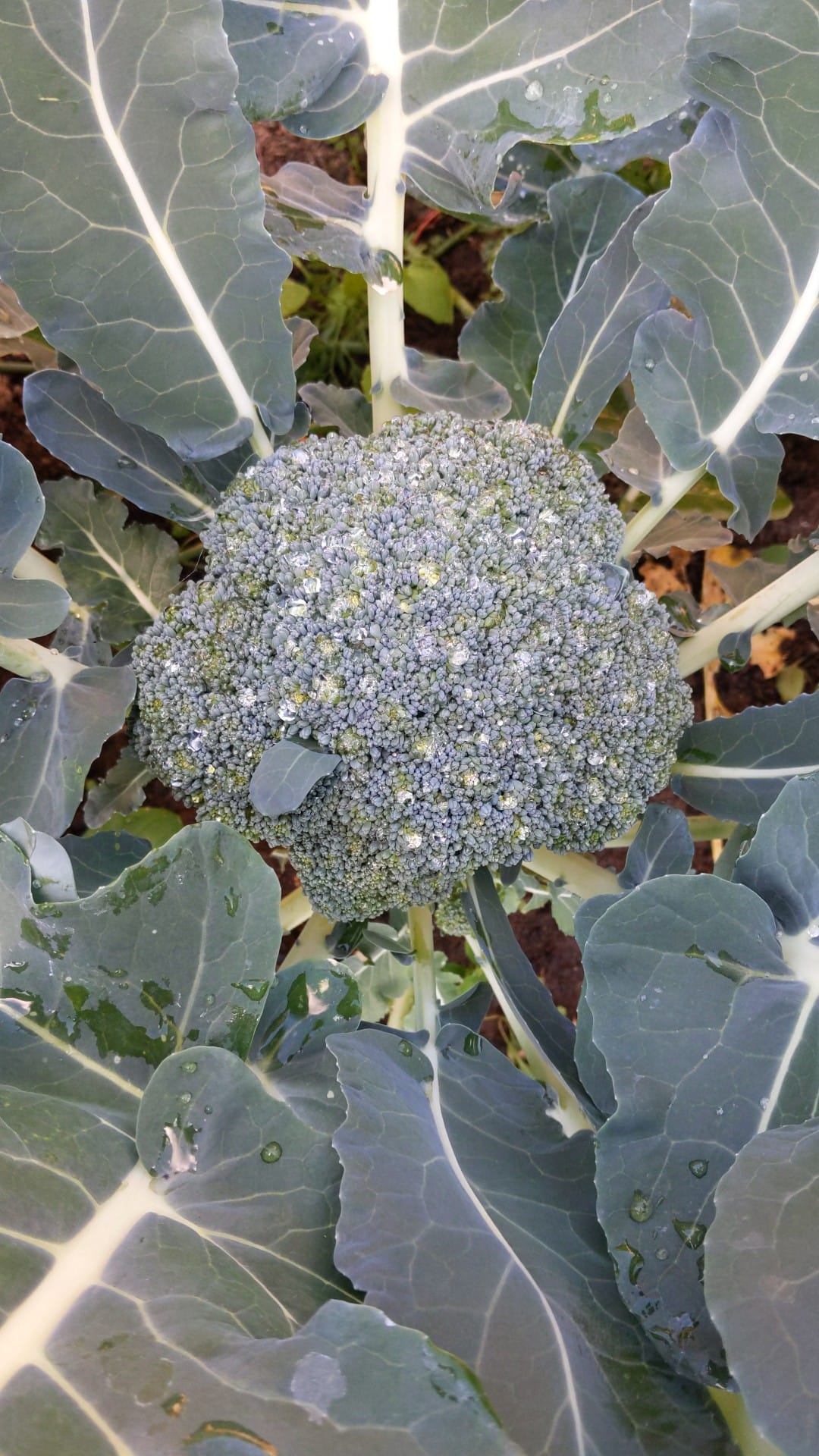
Broccoli thrives in autumn’s crisp air, producing tight, flavorful heads. Plus, after harvesting the main head, smaller side shoots keep your harvest going.
Planting Pointers:
- Start seeds indoors in midsummer for fall transplanting.
- Space plants 18 inches apart.
- Feed with organic fertilizer to support strong growth.
5. Beets: Vibrant Color and Flavor
Want a splash of color in your garden—and on your plate? Beets are the answer! Both their roots and greens are delicious, making them a dual-purpose crop.
Pro Tips:
- Sow directly outdoors 8–10 weeks before frost.
- Thin seedlings to 3 inches apart.
- Roast beets for a caramelized, earthy taste.
6. Lettuce: Crisp Salads into Fall

Lettuce loves cool weather and grows quickly, letting you enjoy continuous harvests through fall. Try a mix of leaf, butterhead, and romaine varieties for diversity.
Growing Secrets:
- Succession sow every two weeks.
- Use row covers to protect against early frosts.
- Harvest outer leaves to keep plants producing.
7. Radishes: Speedy, Satisfying Crops
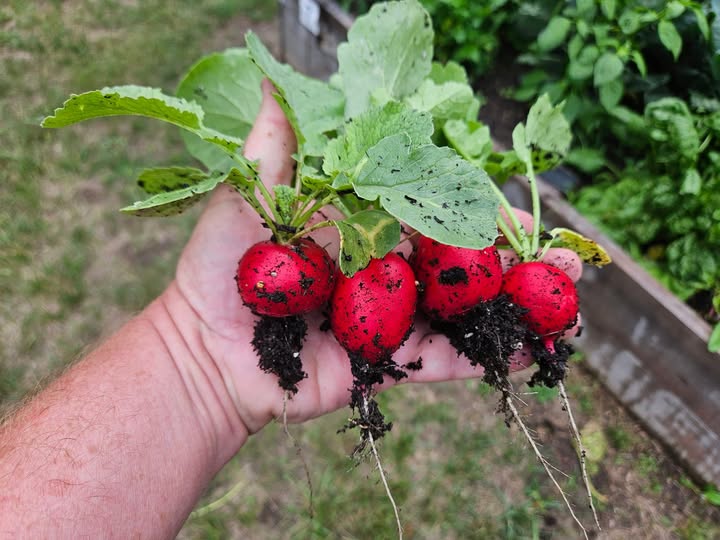
If you’re craving a quick harvest, radishes are your go-to vegetable. Many varieties mature in just 25–30 days—perfect for squeezing in before frost.
Radish Rules:
- Sow directly outdoors in loose soil.
- Thin seedlings for round, plump roots.
- Experiment with colorful types like watermelon radishes.
8. Swiss Chard: Colorful and Cold-Resistant
Swiss chard adds both nutrition and beauty to fall beds, sporting bright stems in red, yellow, pink, and orange hues. It tolerates light frosts and keeps on producing.
Planting Guide:
- Sow seeds about ½ inch deep.
- Space plants 6–12 inches apart.
- Harvest outer leaves for continuous growth.
9. Turnips: A Two-for-One Crop

Turnips are underrated stars in fall gardens. Enjoy the crisp, white roots or sauté their nutritious green tops.
How to Succeed:
- Plant seeds directly outdoors about 8 weeks before frost.
- Thin seedlings for larger bulbs.
- Harvest greens young for tenderness.
10. Cabbage: Sweet and Crunchy Heads
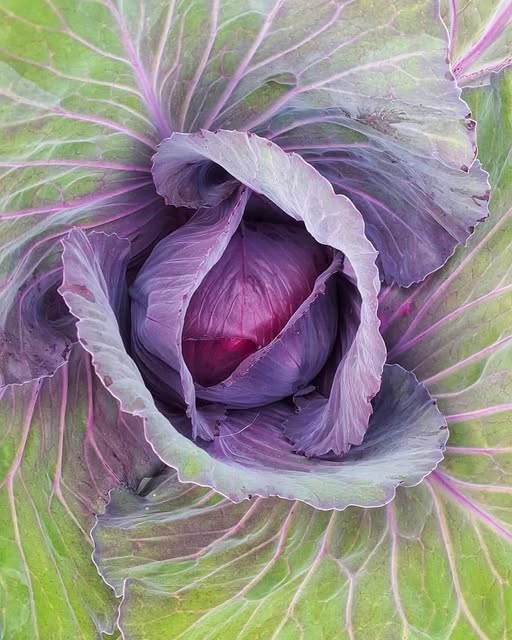
Cabbage loves the chill of autumn, forming dense, crisp heads perfect for slaws, soups, and ferments. A touch of frost makes cabbage even sweeter.
Cabbage Care:
- Start seeds indoors in midsummer.
- Transplant seedlings outdoors about 6–8 weeks before frost.
- Protect from cabbage worms with floating row covers.
How Can You Protect Fall Vegetables from Early Frosts?
Even in mild Zone 7, a surprise frost can strike. How can you protect your crops?
- Use Row Covers – Lightweight fabric shields plants from light freezes.
- Add Mulch – Straw or leaves help insulate soil temperatures.
- Harvest Early – Pick tender crops if frost threatens.
- Grow in Cold Frames – Extend your season well into winter.
Preparedness is your garden’s best defense!
Can You Still Plant in Late Fall?
Many gardeners ask, “Is it too late to plant in October?” In Zone 7, late fall isn’t too late—if you choose quick-growing crops:
- Radishes
- Spinach
- Lettuce
These veggies can mature in as little as 30 days, giving you a fast fall harvest. Plus, some can overwinter under protection, rewarding you with early spring greens.
Benefits of Fall Gardening Beyond Harvest
Fall gardening doesn’t just fill your pantry—it’s a gift to your soil and future crops:
- Soil Building – Cover crops like clover or winter rye improve soil health.
- Weed Suppression – Dense planting helps crowd out weeds.
- Reduced Pests – Fewer bugs means healthier plants.
- Cooler Workdays – No scorching heat as you tend your beds.
Who said gardening had to end when summer does?
